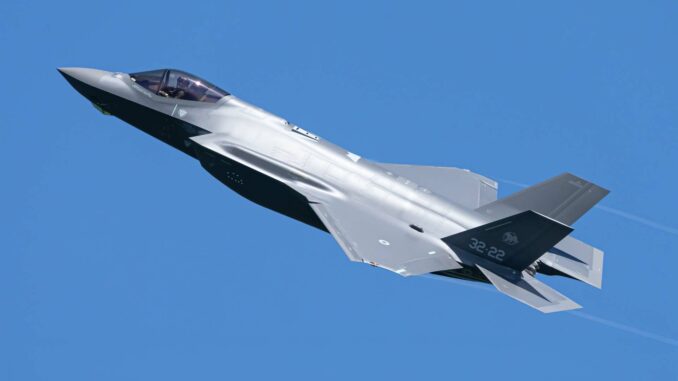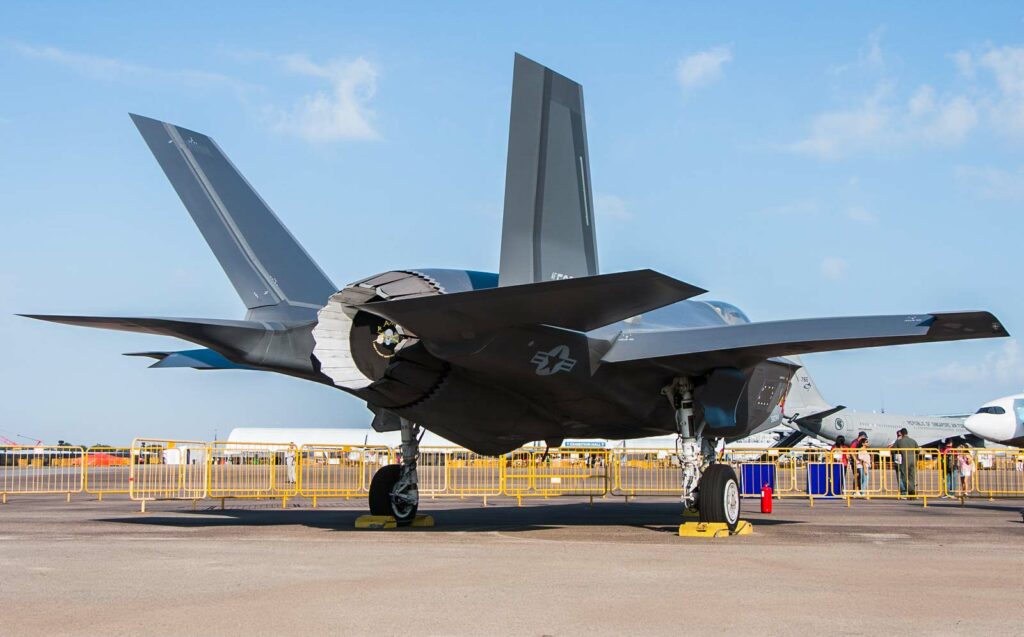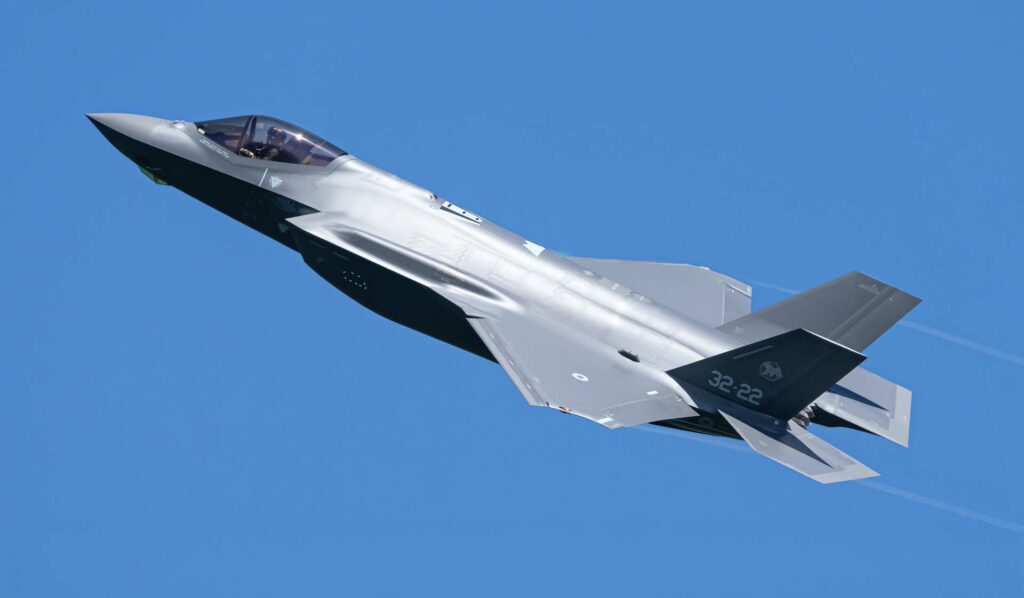
NATO is working to unify the F-35’s threat data libraries to enhance the coordination and effectiveness of inter-allied operations.
NATO is intensifying its efforts to standardize the F-35 “threat library,” aiming to harmonize the mission data files of each member country. This crucial project is designed to improve threat recognition and coordination during operations, which is essential in a context of increasing threats such as those posed by Chinese J-20 and Russian Su-57 aircraft.

Context and Need for a Common Library
Each country operating the F-35 maintains its own compilation of national threat libraries, tailored to its specific needs and geopolitical environment. However, this diversity can complicate target verification and information sharing among pilots from different countries during joint operations. Creating a common database, integrating precise and uniform information for all F-35 fighters, therefore becomes a priority to maximize operational efficiency and responsiveness.
Benefits of a Common Data Library
Establishing a common threat library for the F-35 will allow better interoperability among the air forces of NATO member countries. It will facilitate target sharing, collaborative attacks, and in-flight intelligence gathering. Unified mission data files will reduce reaction times and improve the precision of engagements, which are crucial in modern warfare scenarios where seconds count.
Technological and Political Challenges
Although the technology needed to create a unified threat library is available, political agreements among F-35 member nations must be aligned to allow for the rapid implementation of this common system. Software adjustments and upgrades to computer systems will be necessary to integrate this new database into the aircraft of all member countries.

Strategic Impact and Future
Adopting a common mission data file for the F-35 across all member countries would represent a significant tactical advantage. It would strengthen NATO’s cohesion and enhance deterrence against adversaries by standardizing responses to threats. Recent exercises in the Arctic show progress, but there are still hurdles to overcome before this vision can become an operational reality.
The unification of the F-35 mission data files is an ambitious project that will transform NATO’s aerial operations. By synchronizing threat recognition capabilities among its members, NATO is preparing for quicker and more effective responses, crucial for maintaining a strategic advantage in future conflicts. Continued efforts to overcome political and technological challenges will be crucial for the success of this initiative.
War Wings Daily is an independant magazine.